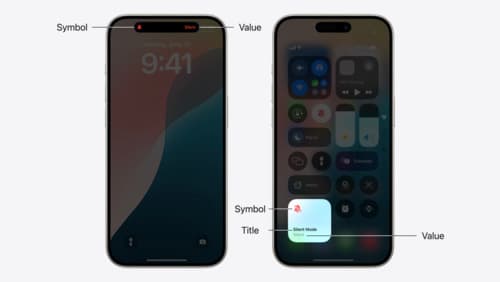how do I add a widget
Asked on 2024-08-06
1 search
To add a widget to your app, you can follow these general steps:
-
Define the Widget: Create a widget definition. This involves specifying the view and timeline provider. For more details, refer to the WidgetKit documentation.
-
Configure the Widget: Make your widget configurable by adding parameters. For example, if you want to show different trails, you can add a trail parameter to your widget.
-
Interactive Elements: Add interactive elements like buttons and toggles to your widget. This allows users to perform actions directly from the widget without opening the app.
-
App Intents: Use app intents to handle the actions performed by the interactive elements in your widget. This involves implementing the perform method to specify the app intent action.
-
Relevant Contexts: Specify relevant contexts for your widget so that the system can suggest it at the right time. This can include contexts like time of day, location, or routine.
For a more detailed guide, you can refer to the following sessions from WWDC 2024:
- Bring your app’s core features to users with App Intents (16:15)
- What’s new in watchOS 11 (05:57)
- Extend your app’s controls across the system (03:11)
These sessions cover various aspects of creating and configuring widgets, including making them interactive and using app intents.

Platforms State of the Union
Discover the newest advancements on Apple platforms.

What’s new in watchOS 11
Explore new opportunities on Apple Watch, including bringing Double Tap support to your watchOS app, making your Smart Stack widgets even more relevant and interactive, and displaying your iOS Live Activities in the Smart Stack.

Extend your app’s controls across the system
Bring your app’s controls to Control Center, the Lock Screen, and beyond. Learn how you can use WidgetKit to extend your app’s controls to the system experience. We’ll cover how you can to build a control, tailor its appearance, and make it configurable.
